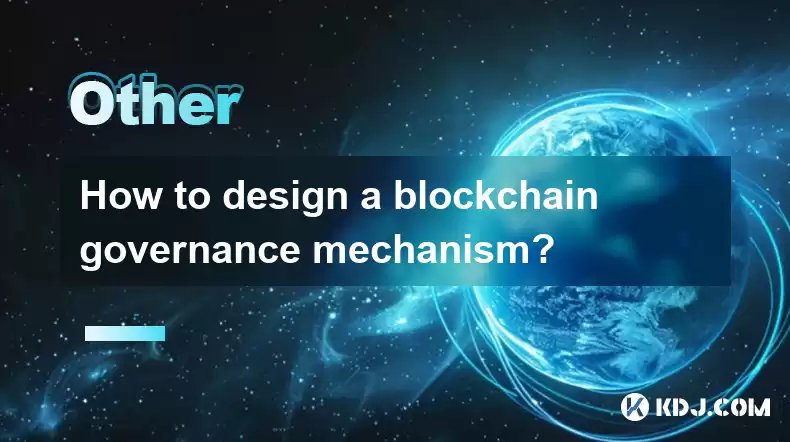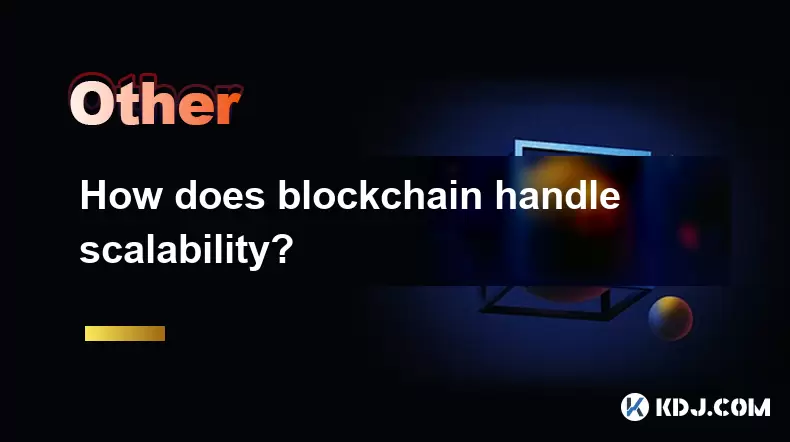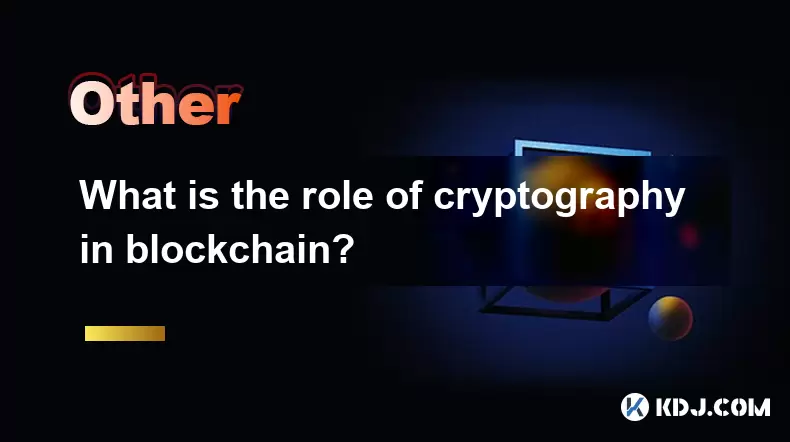-
 Bitcoin
Bitcoin $114000
0.14% -
 Ethereum
Ethereum $3493
-0.55% -
 XRP
XRP $2.877
-2.40% -
 Tether USDt
Tether USDt $1.000
0.04% -
 BNB
BNB $749.6
-1.00% -
 Solana
Solana $161.8
-1.73% -
 USDC
USDC $0.0000
0.01% -
 TRON
TRON $0.3261
-0.10% -
 Dogecoin
Dogecoin $0.1978
-1.14% -
 Cardano
Cardano $0.7237
1.01% -
 Hyperliquid
Hyperliquid $38.91
1.50% -
 Sui
Sui $3.466
1.01% -
 Stellar
Stellar $0.3856
0.86% -
 Chainlink
Chainlink $16.15
0.62% -
 Bitcoin Cash
Bitcoin Cash $538.9
0.49% -
 Hedera
Hedera $0.2436
2.25% -
 Ethena USDe
Ethena USDe $1.001
0.05% -
 Avalanche
Avalanche $21.36
-0.86% -
 Toncoin
Toncoin $3.661
2.11% -
 Litecoin
Litecoin $109.1
1.99% -
 UNUS SED LEO
UNUS SED LEO $8.964
0.01% -
 Shiba Inu
Shiba Inu $0.00001220
0.67% -
 Polkadot
Polkadot $3.604
1.10% -
 Uniswap
Uniswap $9.124
0.97% -
 Monero
Monero $297.4
1.31% -
 Dai
Dai $1.000
0.02% -
 Bitget Token
Bitget Token $4.311
0.35% -
 Pepe
Pepe $0.00001048
0.49% -
 Cronos
Cronos $0.1319
-0.50% -
 Aave
Aave $257.9
1.11%
How to design a blockchain governance mechanism?
Designing a robust blockchain governance mechanism involves key components like decision-making processes, incentive structures, and transparency to ensure network security and adaptability.
Apr 15, 2025 at 09:42 pm

Designing a blockchain governance mechanism is a critical task that involves creating a system to manage and evolve the blockchain network effectively. This process requires careful consideration of various elements to ensure the network remains secure, decentralized, and adaptable to future needs. In this article, we will explore the key components and steps involved in designing a robust blockchain governance mechanism.
Understanding Blockchain Governance
Blockchain governance refers to the processes and structures that determine how decisions are made and implemented within a blockchain network. This includes managing upgrades, resolving disputes, and ensuring the network's overall health and direction. Effective governance is essential for maintaining the trust and participation of all stakeholders, including developers, miners, and users.
Key Components of a Governance Mechanism
A well-designed governance mechanism should include several key components:
- Decision-Making Processes: These define how proposals are submitted, reviewed, and voted on. Common methods include on-chain voting, off-chain voting, and consensus among key stakeholders.
- Incentive Structures: These encourage participation and alignment with the network's goals. Incentives can be financial, such as token rewards, or non-financial, such as reputation or influence.
- Dispute Resolution Mechanisms: These are essential for handling conflicts and ensuring fair outcomes. They can range from formal arbitration to community-driven solutions.
- Transparency and Accountability: These ensure that all actions and decisions are visible to the community, fostering trust and engagement.
Steps to Design a Blockchain Governance Mechanism
Designing a governance mechanism involves several steps, each crucial to the overall effectiveness of the system:
- Identify Stakeholders: Begin by identifying all relevant stakeholders, including developers, miners, users, and investors. Understanding their needs and concerns is vital for creating a governance system that serves the entire community.
- Define Governance Goals: Clearly articulate the goals of the governance mechanism. These might include maintaining decentralization, ensuring security, and facilitating network upgrades.
- Choose a Decision-Making Model: Select a decision-making model that aligns with the network's goals and stakeholder preferences. Options include direct democracy, representative democracy, or a hybrid approach.
- Design Incentive Structures: Develop incentives that encourage active participation and alignment with the network's objectives. Consider both short-term and long-term incentives.
- Establish Dispute Resolution Processes: Create clear and fair processes for resolving disputes. These should be accessible to all stakeholders and designed to minimize conflict.
- Implement Transparency Measures: Ensure that all governance activities are transparent and accountable. This can be achieved through public records, regular reporting, and open communication channels.
- Test and Iterate: Before full implementation, test the governance mechanism in a controlled environment. Gather feedback and make necessary adjustments to improve the system.
Implementing On-Chain Governance
On-chain governance involves embedding governance processes directly into the blockchain protocol. This approach can enhance transparency and participation but requires careful design to avoid centralization risks.
- Proposal Submission: Allow stakeholders to submit proposals for network changes or upgrades. This can be done through a dedicated interface or smart contract.
- Voting Mechanism: Implement a voting system that allows stakeholders to vote on proposals. Consider using tokens to weight votes, ensuring that those with a greater stake in the network have more influence.
- Execution of Decisions: Once a proposal is approved, automate the implementation of the decision through smart contracts. This ensures that approved changes are executed promptly and accurately.
Off-Chain Governance Considerations
Off-chain governance involves decision-making processes that occur outside the blockchain, often through forums, meetings, or other communication channels. While this approach can be more flexible, it requires robust mechanisms to ensure transparency and accountability.
- Community Forums: Establish dedicated forums where stakeholders can discuss proposals and voice their opinions. Ensure these forums are accessible and moderated to maintain constructive dialogue.
- Voting Platforms: Use external voting platforms to conduct votes on proposals. Ensure these platforms are secure and transparent to maintain trust in the process.
- Decision Implementation: Once decisions are made, implement them through a combination of on-chain and off-chain actions. This might involve updating the protocol or coordinating with key stakeholders.
Balancing Decentralization and Efficiency
A key challenge in designing a governance mechanism is balancing decentralization with efficiency. Decentralization ensures that power is distributed among stakeholders, reducing the risk of centralization. However, too much decentralization can lead to slow decision-making and difficulty in reaching consensus.
- Hybrid Models: Consider using hybrid models that combine elements of on-chain and off-chain governance. This can help balance the need for decentralization with the need for efficient decision-making.
- Delegated Voting: Implement delegated voting systems where stakeholders can delegate their voting power to trusted representatives. This can streamline decision-making while maintaining a degree of decentralization.
- Quorum Requirements: Set quorum requirements for votes to ensure that decisions are made with sufficient participation. This can help prevent decisions from being made by a small, unrepresentative group.
Ensuring Security and Resilience
Security and resilience are paramount in any governance mechanism. The system must be designed to withstand attacks and adapt to changing conditions.
- Security Audits: Regularly conduct security audits of the governance system to identify and address vulnerabilities. Engage third-party auditors to ensure objectivity.
- Redundancy and Fail-Safes: Implement redundancy and fail-safe mechanisms to ensure that the governance system can continue to function even if parts of it are compromised.
- Adaptability: Design the governance mechanism to be adaptable to future changes. This might involve modular components that can be updated or replaced as needed.
Frequently Asked Questions
Q: How can a blockchain governance mechanism ensure fair representation of all stakeholders?
A: Ensuring fair representation involves designing a voting system that considers the diverse interests of all stakeholders. This can be achieved through weighted voting based on token holdings, delegated voting systems, and ensuring that decision-making processes are transparent and accessible to all.
Q: What are the potential risks of on-chain governance?
A: On-chain governance can be vulnerable to centralization if a small group of stakeholders holds a majority of voting power. Additionally, it can be susceptible to attacks, such as 51% attacks, where malicious actors could manipulate voting outcomes.
Q: How can a governance mechanism adapt to changing network conditions?
A: Adaptability can be achieved through modular design, where components of the governance system can be updated or replaced as needed. Regular feedback loops and community engagement also help ensure that the governance mechanism evolves with the network.
Q: What role do incentives play in a blockchain governance mechanism?
A: Incentives are crucial for encouraging participation and alignment with the network's goals. They can motivate stakeholders to engage in governance activities, such as voting and proposal submission, and help ensure that decisions are made in the best interest of the network.
Disclaimer:info@kdj.com
The information provided is not trading advice. kdj.com does not assume any responsibility for any investments made based on the information provided in this article. Cryptocurrencies are highly volatile and it is highly recommended that you invest with caution after thorough research!
If you believe that the content used on this website infringes your copyright, please contact us immediately (info@kdj.com) and we will delete it promptly.
- Arbitrage Adventures: Creditcoin, Kaspa, and Chasing Crypto Profits
- 2025-08-03 20:30:16
- Solana's Next Chapter: SOL Prediction and the SOLF Token Buzz
- 2025-08-03 18:30:16
- Token Chart Buzz: Analysts Eye Potential Price Increase with Mutuum Finance (MUTM)
- 2025-08-03 18:30:16
- Dogecoin, Utility Tokens, and Whales: A New Era for Crypto?
- 2025-08-03 19:10:16
- Small Cap Crypto Gem Alert: Ruvi AI's 100x Potential Shakes Up Solana, Ethereum, and XRP
- 2025-08-03 19:10:16
- Cryptos, Scarcity, and Beta Games: A Troller Cat's Perspective on the 2025 Meme Coin Mania
- 2025-08-03 19:15:16
Related knowledge

What is the difference between on-chain and off-chain transactions?
Aug 02,2025 at 04:22pm
Understanding On-Chain TransactionsOn-chain transactions refer to digital asset transfers that are recorded directly on a blockchain ledger. These tra...

What is a node's role in a blockchain network?
Aug 03,2025 at 03:16pm
Understanding the Function of a Node in a Blockchain NetworkA node is a fundamental component of any blockchain network, acting as a participant that ...

What is the double-spending problem and how does blockchain prevent it?
Aug 02,2025 at 01:07pm
Understanding the Double-Spending ProblemThe double-spending problem is a fundamental challenge in digital currency systems where the same digital tok...

What is the difference between a blockchain and a database?
Aug 01,2025 at 09:36pm
Understanding the Core Structure of a BlockchainA blockchain is a decentralized digital ledger that records data in a series of immutable blocks linke...

How does blockchain handle scalability?
Aug 02,2025 at 02:58pm
Understanding Blockchain Scalability ChallengesBlockchain scalability refers to a network's ability to handle an increasing volume of transactions wit...

What is the role of cryptography in blockchain?
Aug 03,2025 at 03:42pm
Understanding the Foundation of Blockchain SecurityCryptography is the cornerstone of blockchain technology, providing the essential tools to ensure d...

What is the difference between on-chain and off-chain transactions?
Aug 02,2025 at 04:22pm
Understanding On-Chain TransactionsOn-chain transactions refer to digital asset transfers that are recorded directly on a blockchain ledger. These tra...

What is a node's role in a blockchain network?
Aug 03,2025 at 03:16pm
Understanding the Function of a Node in a Blockchain NetworkA node is a fundamental component of any blockchain network, acting as a participant that ...

What is the double-spending problem and how does blockchain prevent it?
Aug 02,2025 at 01:07pm
Understanding the Double-Spending ProblemThe double-spending problem is a fundamental challenge in digital currency systems where the same digital tok...

What is the difference between a blockchain and a database?
Aug 01,2025 at 09:36pm
Understanding the Core Structure of a BlockchainA blockchain is a decentralized digital ledger that records data in a series of immutable blocks linke...

How does blockchain handle scalability?
Aug 02,2025 at 02:58pm
Understanding Blockchain Scalability ChallengesBlockchain scalability refers to a network's ability to handle an increasing volume of transactions wit...

What is the role of cryptography in blockchain?
Aug 03,2025 at 03:42pm
Understanding the Foundation of Blockchain SecurityCryptography is the cornerstone of blockchain technology, providing the essential tools to ensure d...
See all articles

























































































